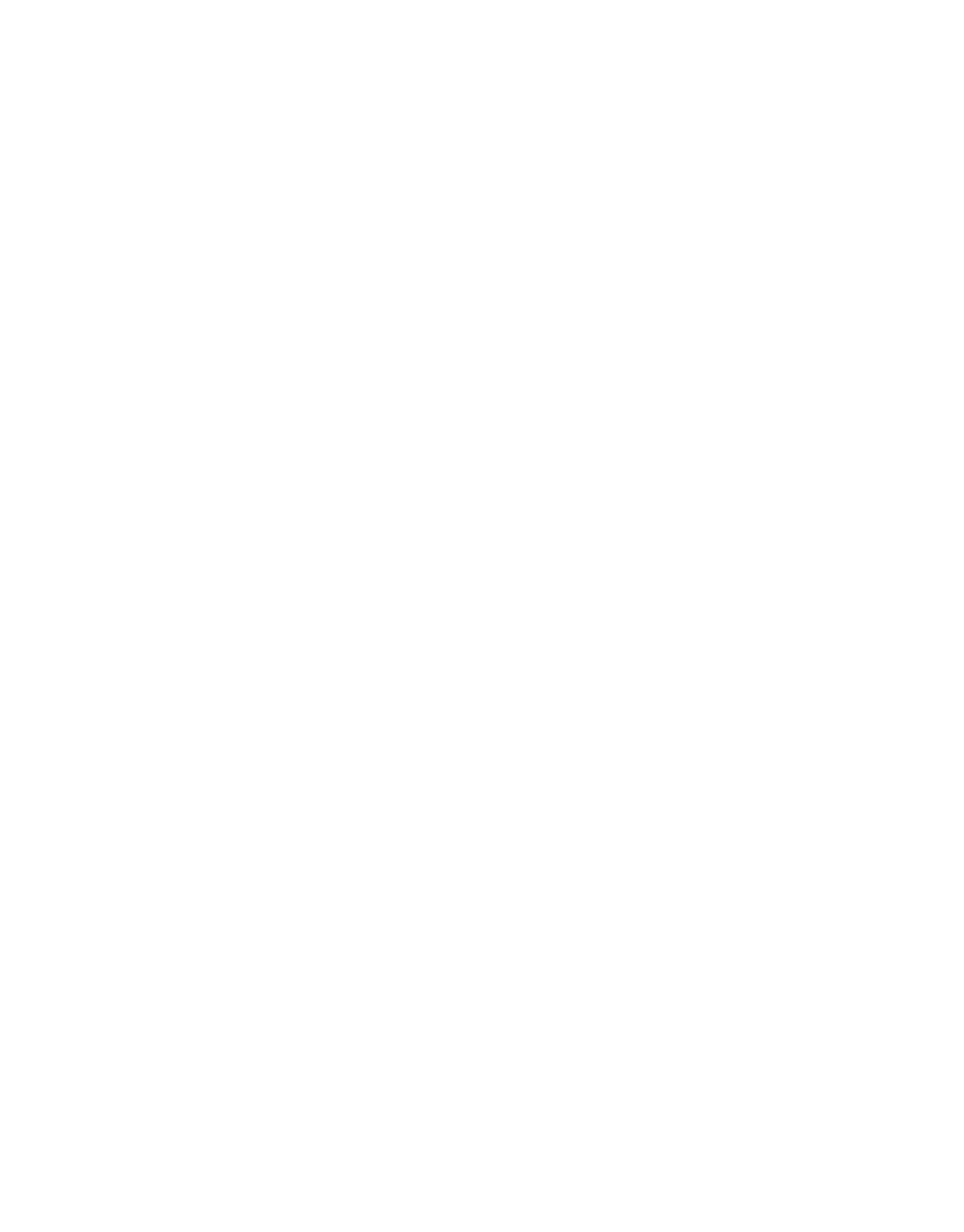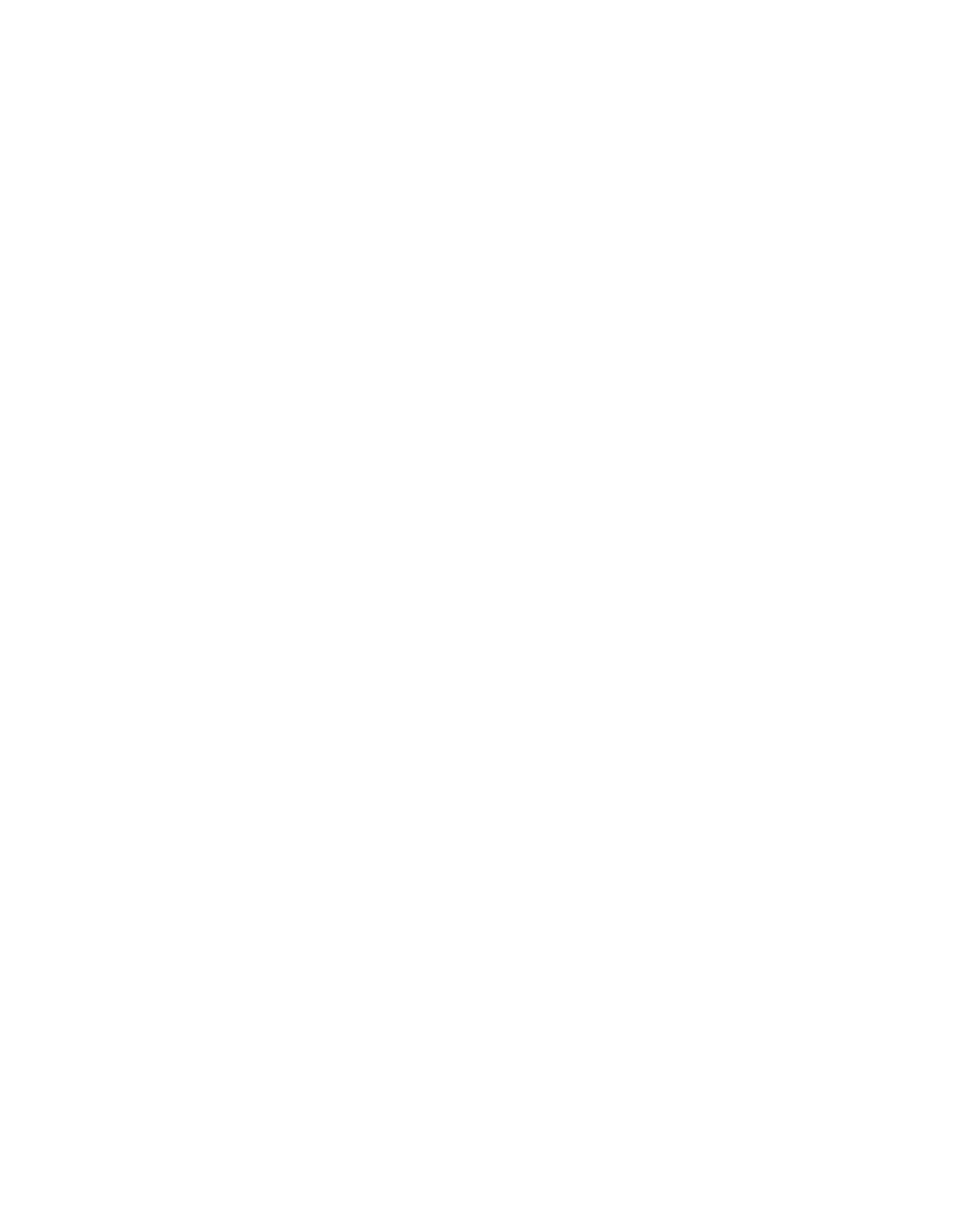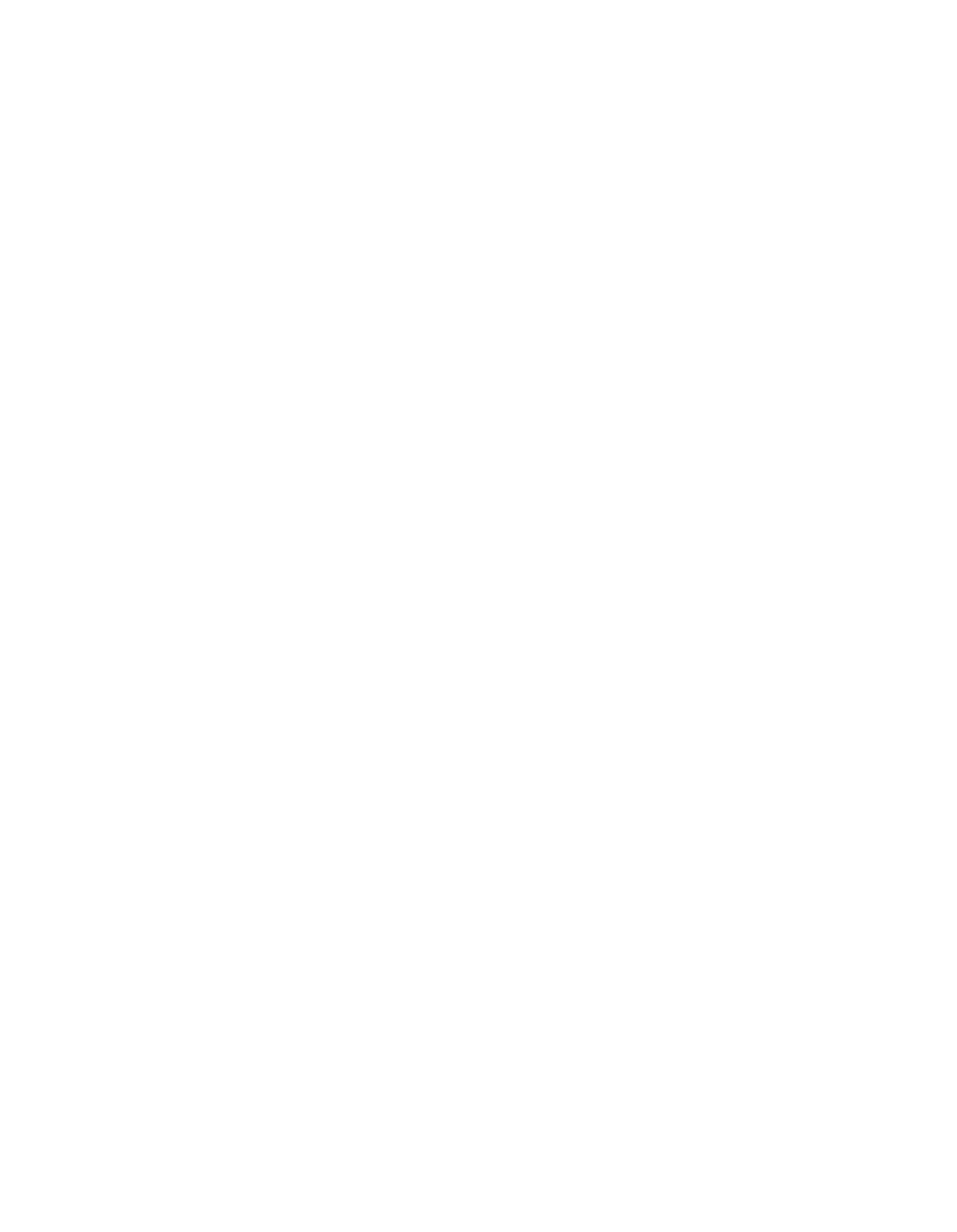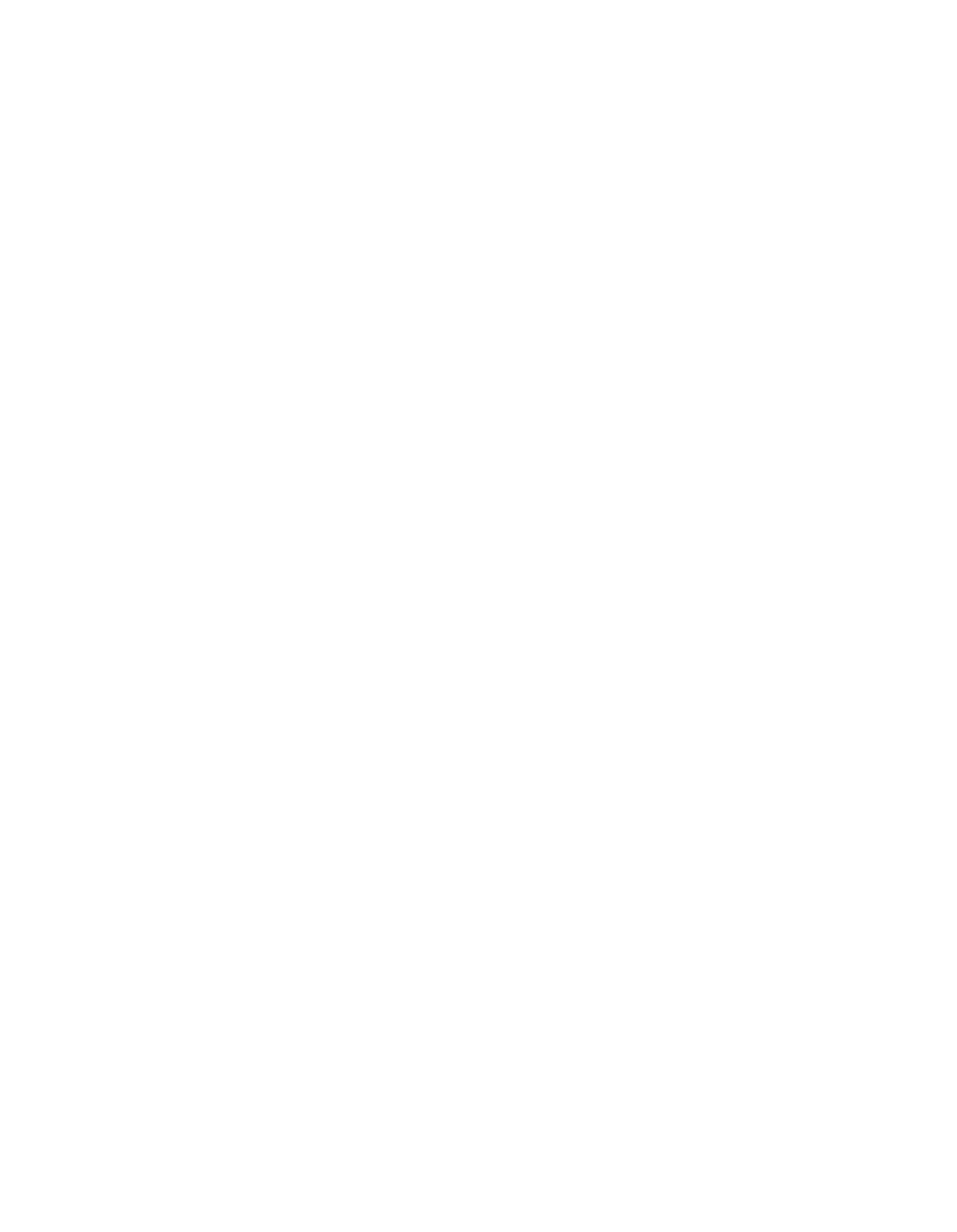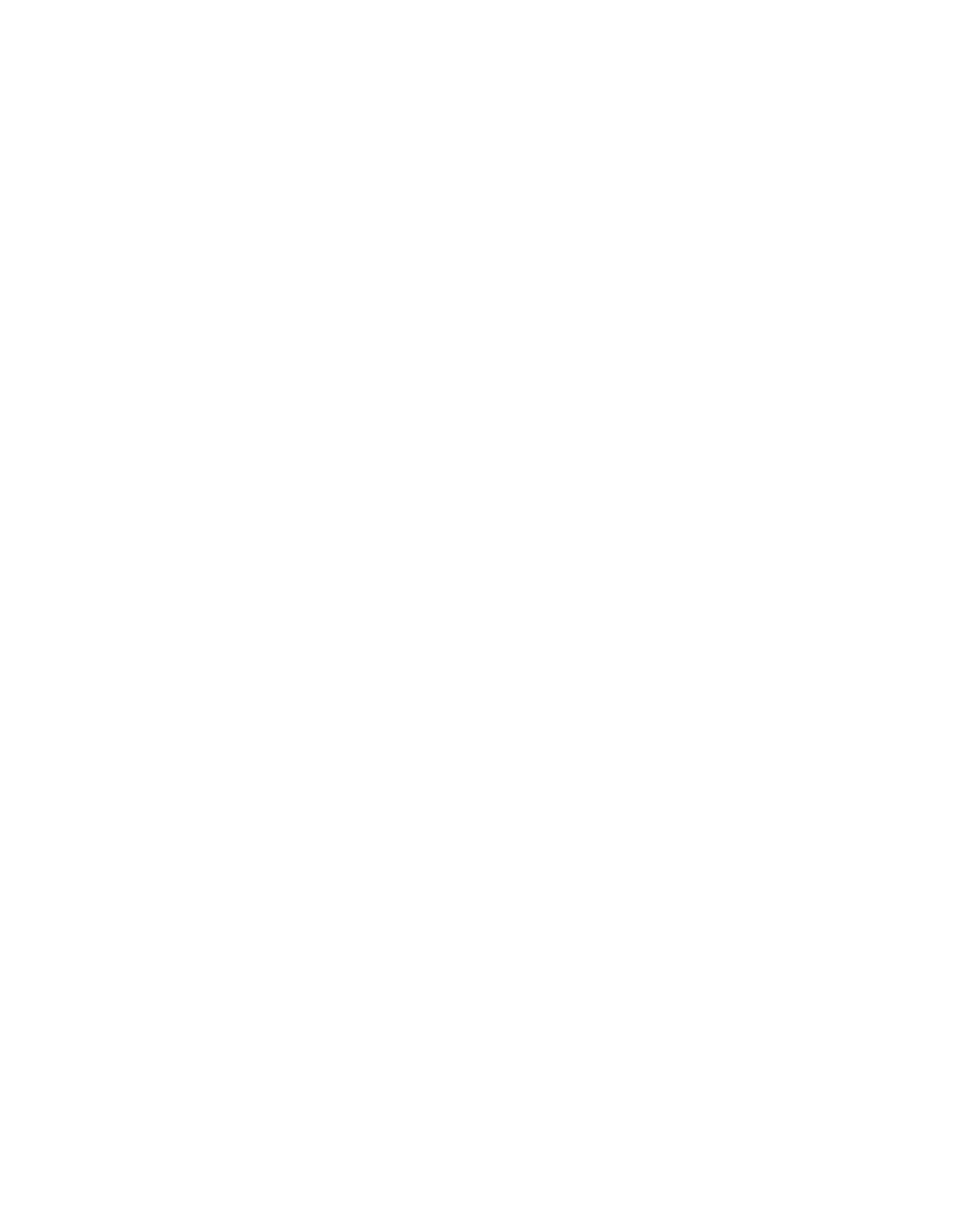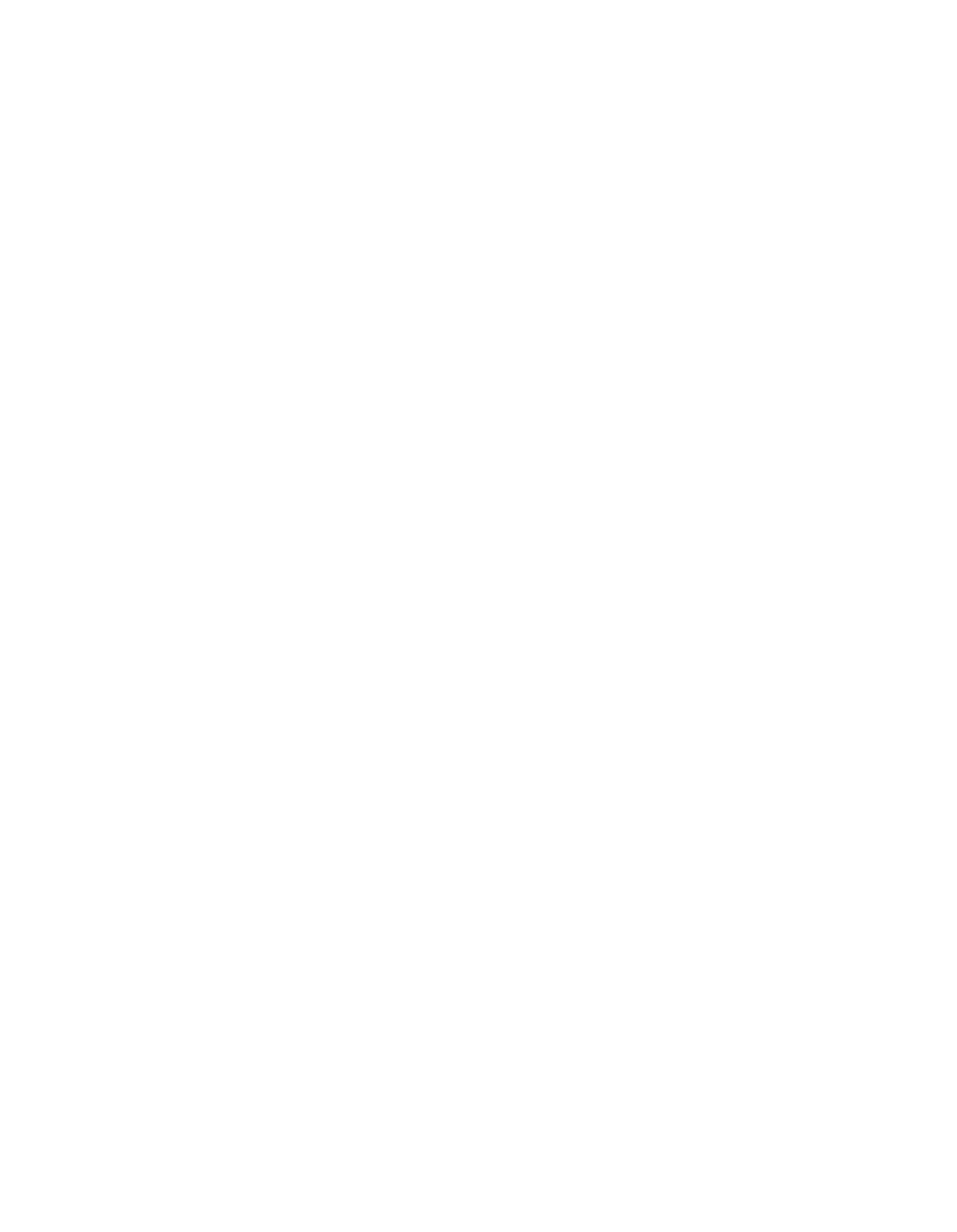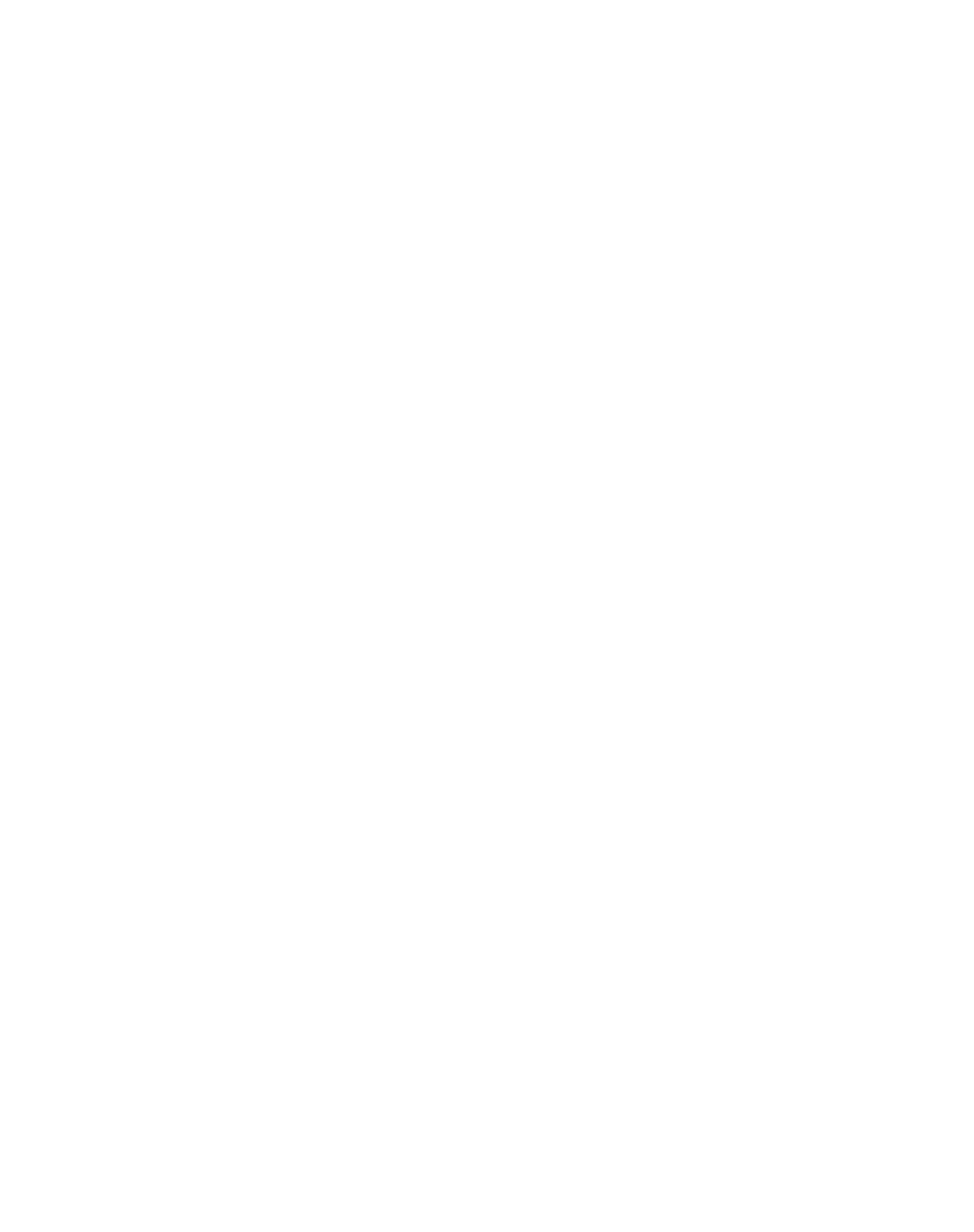ILLINOIS POLLUTION CONTROL BOARD
December
6, 1984
tN
THE
MATTER
OF:
)
)
PARTICULATE
EMISSION
LIMITATIONS
)
R82—1
RULE 203(g)(l) AND 202(b) OF
)
CHAPTER
2
PROPOSED
RULE.
SECOND NOTICE
PROPOSED OPINION AND ORDER OF THE BOARD
(by J.
D.
Durnelle):
On
July
19, 1984, the Board adopted a Proposed Rule/First
Notice Proposed Opinion and Order which was published in the
Illinois
Register
on August 24, 1984, at 8
Iii,
Reg.
15561.
Four
comments were filed during the first notice period which closed
on October
10, 1984.
Public Comment No,
18 was filed on October
4,
1984, on behalf of the Illinois Power Company (IPC).
Public
Comments
Nos.
19 and 20 were filed on October 19,
1984, on behalf
of the Illinois Environmental Protectin Agency (Agency) and A.
E.
Staley Manufacturing Company (Staley), respectively.
Public
Comment No.
21 was filed by Bud Meyer of the DuPage Health Department.
Staley supports the rules as proposed for first notice, but
also states that ~‘theBoard should allow existing sources a
specified amount of time after promulgation of the proposed rules
to attain compliance.”
It recommends a 12—18 month period.
Bud Meyer states that the amendment of 35
Iii. Adm. Code
212.203 is confusing and could be more clearly worded.
The Agency supports the adoption of 35
Ill. Mm. Code 212.123
which establishes opacity limits.
However,
it disagrees with the
Board’s failure to include a second significant decimal
figure in
35 Ill. Mm. Code 212.201.
It also strongly opposes the modification
to the introductory paragraph of 35
Ill. Mm. Code 212.203 which
changes the numerical limit from 0.2 lbs/MBtu to 0.25 lbs/MBtu
and criticizes the paragraph added to that section.
IPC also disagrees with the proposed amendments to Section
212.203 and states that the Board erred in rejecting IPC’s request
for a mechanism allowing site—specific relief to be granted
in an
adjudicatory proceeding.
Since no one has commented adversely upon 35
Ill. Mm. Code
212.123,
212.202 or 212.204, the Board proposes to adopt these
sections for second notice in the same form as they were proposed
for first notice with only very minor, non—substantive,
language
changes to clarify those rules.
Each of the other sections will
he more fully addressed.
61-369
2
Section 212.201
The Agency has requested that the Board amend the 0.1
lbs/MBtu/hr standard of Section 212.201 to 0.10 lbs/MBtu/hr.
It
points out that this is the number of significant digits used in
the air quality modeling which supports the standard
arid that the
amendment is consistent with the Agency’s historical application
of these
rules both in terms of permitting and the State Imple-
mentation Plan.
The Board finds the Agency’s argument persuasive
and will
so amend the section.
The Board notes, however,
that by
so amending this standard, it does not intend to imply that the
standard as originally adopted was intended
bo mean anything
other than 0.10 lbs/MBtu/hr.
Section 212.203
The amendments to 35
Ill. Adm, Code 212.203 have generated
the bulk of the comments.
This section
is
in essence a partial
grandfather clause which was intended to equitably treat those
sources for which substantial expenditures were made prior to
adoption of the original rule which resulted
in near compliance.
The original rule allowed certain sources which emitted between
0.1 to 0.2 lbs/MBtu/hr to continue in operation so long as their
emissions did not increase by more than 0.05 lbs/MBtu/hr from
their base emissions and
so long as the emissions did not surpass
the 0.2 pound
limit,
In the first notice order the Board made two modifications
to this section.
The first allowed the grandfathered sources to
emit up to a maximum of 0.25 lbs/MBtu/hr.
This was done to
remove any ambiguity with respect to
a source with a base emission
of between 0.15 and 0.20.
Of course,
the possible ambiguity
could have also been resolved by setting the limitation at 0.20
lbs.
The Board found that the former action was more in accordance
with the orignal intent of the rule.
The Agency, however, dis-
agrees, commenting that the rule
is unambiguous and that the 0.20
standard has been “applied by the Agency for purposes of issuing
permits and for developing the State Implementation Plan.”
(See
P.C.
No.
19,
p.
3, and 5/26/82,
R.
165),
IPC does not appear to
disagree.
Further,
the Agency points out that there are at least
two sources in non—attainment areas whose allowable emissions
could increase if the Board were to finally adopt this modifi—
cation and that the potential impact has not been assessed in the
record.
Finally, the only participant who argued that the 0.25
limit was the appropriate one was the Village of Winnetka,
and,
as more fully discussed below, the Village will be exempted from
the application of this rule pending a site—specific determination.
The Board is persuaded by the Agency’s
comments
and a review
of the record that a 0.25 standard has not been adequately supported
in the record and the Board will, therefore, propose the 0.20
lbs/MBtu/hr standard for second notice,
61-370
3
The
second
modification
of
this
section
was proposed to
minimize,
so far as the record supported
it, the impact of changes
in the test methods for the
determination
of particulate emissions
between 1972 and the present.
The Board attempted to make the
rule more flexible by allowing the use of original design speci-
fications at full
load in lieu of performance tests
at part load
(to simplify the rather complex provision).
The Agency has
commented
that “the effect is to further complicate a complicated
rule”
(PC
No.
19,
p.
4).
IPC
contends
that the
modification
addresses “only one limited aspect of the multifaceted problem of
changing test conditions and testing methodologies”
and
“is
so
ambiguous that it may be unenforceable”
(PC No.
18,
p.
6).
Bud
Meyer finds
the proposed modification confusing.
Of the commenters
only Staley supports this modification.
The Board was aware at the time it proposed this modification
that it was not
a complete answer to the problem of
the
changing
test
methods used to determine degradation.
However,
in
the
Board’s first notice opinion, the Board
found
the
original rule
to
be
unfair in light
of
the
changed test methods and found IPC’s
proposal to rectify the problem overly vague.
Therefore, the
Board modified IPC’s proposal
in the only more defined manner for
which it could find adequate support in the record,
However,
based upon the comments and a review of the record, the Board
finds
its first notice modification unsatisfactory.
The Board continues to
find
that the changes
in test methods
have rendered the degradation provision troublesome at best:
i.e.,
to
continue the original provision
would
be unfair to
affected facilities,
and
the
record
fails to support a modification
of that provision which would remedy that unfairness.
Further,
the originally proposed rule,
the Board’s first notice proposal,
and IPC’s pre—first notice proposal
leave much to be desired
in
terms of clarity and enforceability.
The Board, therefore,
proposes to delete that provision and instead to propose the
amendment
of Section 212.203 in substantial conformance with
IPC’s
proposal
presented
in
its
public
comment
(PC
No,
18,
p.
12), except that it shall apply only to those facilities which
are located in attainment areas.
In P.C. No,
18 IPC proposed a revision to Section 212.203
which it contends would satisfy both the Board’s and its concerns.
That provision would allow all eligible sources to emit up to
0.20 lbs/MBtu/hr,
To qualify,
such source would have had to
achieve emissions of less than that amount based on the emission
test performed closest to April
14, 1972 or would have had to be
in compliance with a variance as of that date sufficient to achieve
that emission rate.
In short,
IPC proposes to retain the original
rule without a degradation provision.
IPC had earlier proposed a similar provision to which the
Agency objected.
(See Agency Comment, December 20,
1983,
pp.
16-21).
The Agency contends that “the factual evidence provided
by Illinois Power does not support the conclusion that the dif-
ferences in the tests are resulting in emissions which would
jeopardize
a sOurce’s qualifying for an emission limit” under the
61-371
4
original rule (ibid,
p.
16).
However, to contend that a provision
should be retained which has been found to be unfair simply
because it has not yet resulted in any unfairness ignores potentially
affected facilities.
The Agency also “finds the record insufficient to conclude
that adoption of the change would not jeopardize air quality on a
state—wide basis”
(ibid, pp. 18—19). The Agency does,
however,
admit that the “air quality demonstration performed by IPC...
may indicate that isolated sources
in rural
areas could increase
emissions by 0.1 lb/mBtu without significantly impacting air
quality” and its real concern appears to be that “an increase in
allowable emissions for sources in non—attainment areas must be
scrutinized”
(ibid, p.
20).
The Agency further contends that
such increases have not been addressed on the record,
and while
IPC did present a modeling study of its Wood River plant in the
East St. Louis Major Metropolitan Area, the Agency’s contention
is for the most part correct.
The Board finds that the record includes adequate support
for allowing eligible sources to emit up to 0,20 lbs/MBtu/hr in
attainment areas but insufficient support for such sources
in non—
attainment areas.
Therefore, the Board proposes to allow eligible
sources
in attainment areas to emit up to that amount,
However,
the Board notes that this modification cannot be used to allow
unreasonable degradation.
The Board expects that all sources
will do their best to adequately maintain their equipment and
notes further that the Agency has the power to require adequate
maintenance as
a permit condition pursuant to 35
Ill. Mm. Code
201.156 and 201.161.
A separate docket will be opened in this proceeding which
may be utilized to establish site—specific standards for those
facilities in nonattainment areas which would have qualified for
a limitation of greater than 0.10 lbs/MBtu/hr under the original
proposal.
Such facilities would be required to file a site—specific
proposal within
3 months of the filing of these rules and to
proceed to hearing within
3 months thereafter.
The facilities
would be required to demonstrate that they meet the requirements
of the class and that emissions at the proposed level would not
jeopardize attainment of the National Ambient Air Quality Standards,
the Act,
or Board rules.
They would further be required to
assess the adverse environmental
impact of emitting greater than
0.10 lbs/MBtu/hr and the economic cost increase of meeting the
otherwise applicable standard.
Site—Specific Relief
The Board had hoped to avoid opening another docket within
this proceeding.
However, the comments have made it clear that
there simply is not sufficient evidence
in the record to support
any general rule regarding sources which would qualify for a
relaxed emission limitation pursuant to Section 212.203 but for
being in a nonattainment area.
61-372
5
The
Board
anticipates
that
the
economic
impact
study
prepared
by
the
Department
of
Energy
and
Natural
Resources
and
the
hearings
held regarding it will be sufficient
to
satisfy
those requirements
of
Section
27
of
the
Illinois
Environmental
Protection
Act
(Act)
and
that this docket may proceed on an expedited basis.
The Village of Winnetka has attempted to substantiate site—
specific particulate limitations for its power plant during the
course of this proceeding.
The Board, however, has attempted to
establish
a
rule
of
general
applicability.
The Board now proposes
such a rule. However, the Board has also opened a new docket,
R82—l, docket A for the purpose of establishing site-specific
limitations
for those facilities which
are
not
covered
by
the
general rule.
Since such a docket has been established, the
Village of Winnetka will be allowed to seek such site—specific
relief under new Section 212.209.
The Board will not establish any adjudicatory procedure for
other facilities as again urged by IPC and
has
not
changed
its
reasons for denying that request.
The first notice proposed
opinion relied on the anticipated enactment
of
SB 1862 which,
in
fact, became effective on September
9,
1984,
as
Public Act 83—1355.
Such reliance is, therefore,
no longer misplaced.
Further,
IPC
has now commented upon the Board’s interpretation of
that
statute
and the Board is under no obligation to provide notice as to what
special circumstances must be shown to be entitled to such relief.
It is sufficient to note that there must be some special circum-
stances shown or most of Section
27 of the Act would become
rieaningless.
Effective Date
Staley commented
(P.C.
No,
20)
that the Board should include
an effective date for these rules to allow “existing sources a
specified amount of time after promulgation
of
the proposed rules
to attain compliance.”
It suggests 12—18 months after promulgation.
While
most
sources
are
in
present compliance,
and the Board
expects
those
sources
to
remain
in
compliance,
there
may
well
be
sources which are not and cannot immediately come into compliance.
Therefore,
since these rules are, at least
in theory, new rules,
the
Board
will
add
new
Section
212.210
to
establish
an effective
date
of
January
1,
1987.
Extension of Comment Period
The rules that the Board today proposes for second notice
differ from those proposed for first notice.
While the Board does
not
feel
that
these
changes
are
so
substantial,
or
involve
such
different issues,
that it is necessary to return to first notice,
the Board will not file its second notice until
at least 35 days
after adoption of this opinion and order.
During that period of
time, the Board will accept comments on this second notice proposal.
The Board notes, however, that it
is not interested
in the reiteration
of previously filed
comments,
but rather is interested in comments
on the proposed changes from first notice.
61-373
6
British Thermal Units
The Board’s abbreviation of British Thermal units stated in
35
111. Adm. Code 201.103 is at odds with most other authocities
and has been used somewhat inconsistently as
is its abbreviation
for million British thermal units.
Therefore, the Board will
amend that section to accommodate “MBtu,”
“mmBtu,”
“Mbtu” and
“mmbtu.”
When the Board completes
its updating of the air po1—
lution rules under docket R79—l4, the abbreviations can be made
consistent.
ORDER
TITLE
35:
ENVIRONMENTAL
PROTECTION
SUBTITLEB:
AIR POLLUTION
CHAPTER
I:
POLLUTION
CONTROL
BOARD
SUBCHAPTER
c:
EMISSION
STANDARDS
AND
LINITATIONS
FOR STATIONARY SOURCES
PART
201
PERMITS AND GENERAL PROVISIONS
Section 201.103
Abbreviations and Units
a)
The following abbreviations have been used in this Part:
btu
orEtu
British
thermal
units (60°F)
gal
gallons
hp
horsepower
hr
hour
gal/mo
gallons
per
month
gal/yr
gallons
per
year
kPa
kilopascals
kPa
absolute
kilopascals
absolute
kW
kilowatts
1
liters
mm~~i~or M
million
~
MW
megawatts; one million watts
psi
pounds per square inch
psia
pounds per square inch absolute
b)
The following conversion factors have been used
in this
Part:
English
Metric
1 gal
3.785
1
1000 gal
3.785 cubic meters
1 hp
0.7452 kW
1 mmbtu/hr
0.293 MW
1 psi
6.897
61-374
7
PART 212
VISUAL AND PARTICULATE MATTER EMISSIONS
SUBPART B:
VISUAL EMISSIONS
Se~tion212.123
Limitations for All Other Sources
a)
No person shall cause or allow the emission of smoke
or other particulate matter from any ether
emission source
other than those sources su~j~ctto Section 212.122
into the atmosphere of an opacity greater than 30 percent.
1,)
Exception:
The emission of smoke or other particulate
matter
from
any
such
emission
source
may have an opacity
greater
than
30
percent
but
not
greater
than 60 percent
for
a
period
or
periods
aggregating
8
minutes
in
any
60
minute
period
provided
that
such
more
opaque
emissions
permitted
during
any
60
minute
period
shall
occur
from
only
one
such
emission source
located
within
a
305
m
(1000
ft)
radius
from the center
point
of
any
other
such
emission
source
owned or operated
by
such
person,
and
provided
further
that such
more
opaque
emissions
permitted
from
each
such emission source
shall
be
limited
to
3 times
in any
24 hour period.
SUBPART
E:
PARTICULATE
MATTER MISSIONS
FROM FUEL COMBUSTION EMISSION SOURCES
Section 212.201
Existing Sources Using Solid Fuel Exclusively
Located in the Chicago Area
No person shall cause or allow the emission of particulate
matter into the atmosphere from any existing fuel combustion
source using
solid fuel exclusively, located in the Chicago
major metropolitan area, to exceed 0.15 kg of particulate
matter per MW-hr of actual heat input
in any one hour period
(0.10 lbs./MBtu/hr) except as provided
in Section 212.203.
~
4~va~
~
~
~
Section 212.202
Existing Sources Using Solid Fuel Exclusively
Located Outside the Chicago Area
No person
shall cause or allow the emission of particulate
matter into the atmosphere from any existing fuel combustion
source using solid fuel exclusively, which is located outside
the Chicago major metropolitan area,
to exceed the limitations
specified
in
the
table
below
and
Illustration
A
in
any
one
hour
period
except
as
provided
in
Section
212.203.
61-375
8
METRIC UNITS
H
(Range)
____________
S
___________
____—
Megawatts
_____________
Kilo9~ms~rmegawatt_——____
Less than or equal to 2.93
1.55
Greater than 2.93 but
—0 715
small than 73.2
3,33
I~
Greater than or equal to 73.2
0.155
ENGLISH
UNITS
H(Rang~j
S
—~
Million Btu per hour
~j~ermiUion
btu
Less
than
or
equal
to
10
1.0
Greater
than
10
but
—0
715
small
than
250
5.18
H
Greater
than
or
equal
to 250
0.1
where:
S
=
Allowable
emission
standard
in lbs/MBtu/hr or kg/Mw
of
actual
heat
input,
and
H
=
Actual
heat
input
in
million
Btu
per
hour
or
megawatts
Section
212.203
Existing
Controlled
Sources Using Solid Fuel
Exclusively
Except for those sources subject to Section 212.209, Ne~w~tsaR84~
See
e-~7
~
any
existing
fuel
combustion
source
using solid fuel exclusively may, ~
emit up
to, but not exceed 0.31 kg/Mw—hr
(0.20 lbs/MBtu)
of actual heat
input inany one hour period,
if the source is located in an
attainment area as designated at 40 CFR 81
(1984)
and as of
April
14,
1972, either of the following conditions was met:
a)
The emission source had achieved ~ae an hourly emission
rate ~
~
which is less
than 0.31 kg/MW—hr
(0.20 lbs/MBtu) of actual heat input
based on the emission test performed closest to that date
~
~
~
or,
b)
The source was 4e in full compliance with the terms
and conditions of a variance granted by the Pollution
61-376
9
Control Board sufficient
to
achieve
an hourly emission rate
less
than 0.31 kg/MW—hr (0.20 lbs/MBtu), of actual heat in~ut,
and
construction ~s
had commenced on equipment or
modifica-
tions prescribed under that program and
emsie~-ee~e~-e~
~e~- ~
~
~
in_the_initial
emis~iontestowint~e~ml~ionoftheconstruction
£
am the sourc
chie!ed
an
hour I
eission
rate_less
than
0.31
k/MW~hr
(0.20
lbs/MBtu),
Section 212.204
New
Sources Using Solid Fuel
Exclusively
110
person shall cause
or
allow
the emission of
particulate
matter
into the atmosphere
i—a
—eftee—pe~ie~from any new
fuel
cornbustion
emission source using solid fuel exclusively
to
exceed
0.15
kg
of
particulate matter per
MW—hr
of
actual
heat input
(0.1
lbs,/mBtu)
4~von~~oure~iod.
Section
212.209
Miscellaneous
Sources
TheViiJ~eofWinnetka’s
yower~~
and
those
sources
which would
be
s~~tto
the
limitation
of Section2l2.203,ex_~L~ei~S
located
in ~
1
,sha11
meet the limitations
of
Section
212.201
or
Section 212.202, which—
ever~~pjJ~es,unle~sapetitionforasite-specific
limitation
to that
source
is
filed
under
R82—l,docket~~r
~
the
sourc e
shal
h
ite-sec
imi
ions
therein
~j~j~ted
,
or
shall
meet
the
otherwise
14cable
limitat
ion
if
su
ch rel ief
I
ied.
An
etitions
mitted
ur u~nttp
is
Section_shall
include,
but
not
be
limited
to
the
followi~:
a)
~
of
facilities
contern~l
~ed~~~is
Section;
b)
A demonstration that th
ested
re Iief
will not
dizeatta
inment of the N
ational
Air
Qual
Standards nor result in violations of the Act or
Board rules
c)
The errvironmen~
~
im
act
of emittinq
~ore
than 0.10
lbs/MJ3tu/hr;
d)
Theeconomicco~
bl~standard;
e)
The
ex~cted
useful life
facil
it;and
f)
~
RI
~W~7
10
Section 212.210
Effective Date
This
Part shall
be effective irnmediate~y,but
co~liance
with
Sections 212.123,
212.201,
212.202,
212.203 and 212.204 shall
n~b~ireduntilJanu~1,
1987.
IT
IS
SO
ORDERED.
I,
norothy
M. Gunn, Clerk of the Illinois Pollution Control
Board, hereby certify that the above P,~oposedOpinion and Order
was adopted on the
~
day of
~
1984 by
a vote of
(~.~
~~?hyM.Gunn,
Clerk
Illinois
Pollution
Control
Board
61-378


